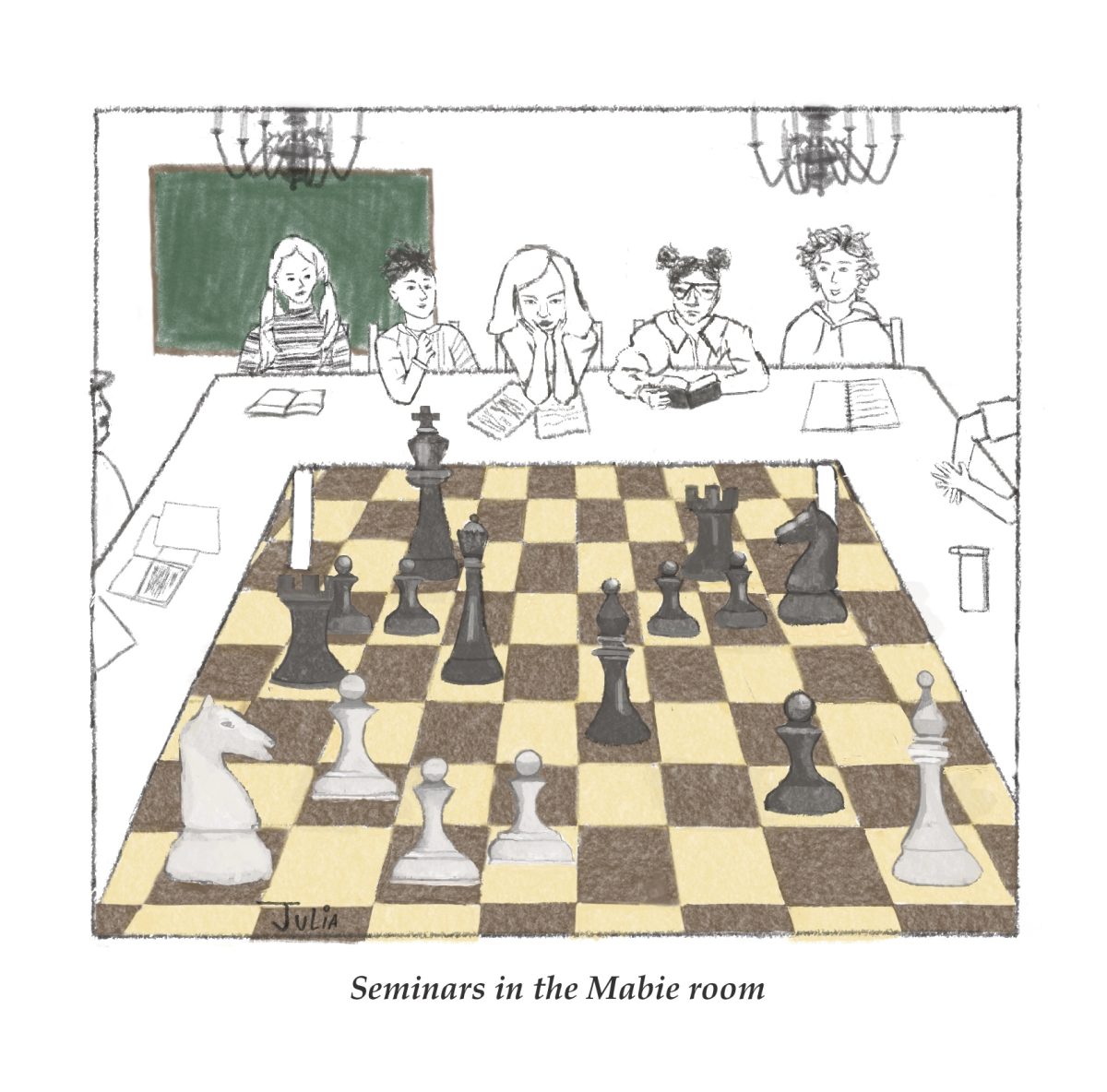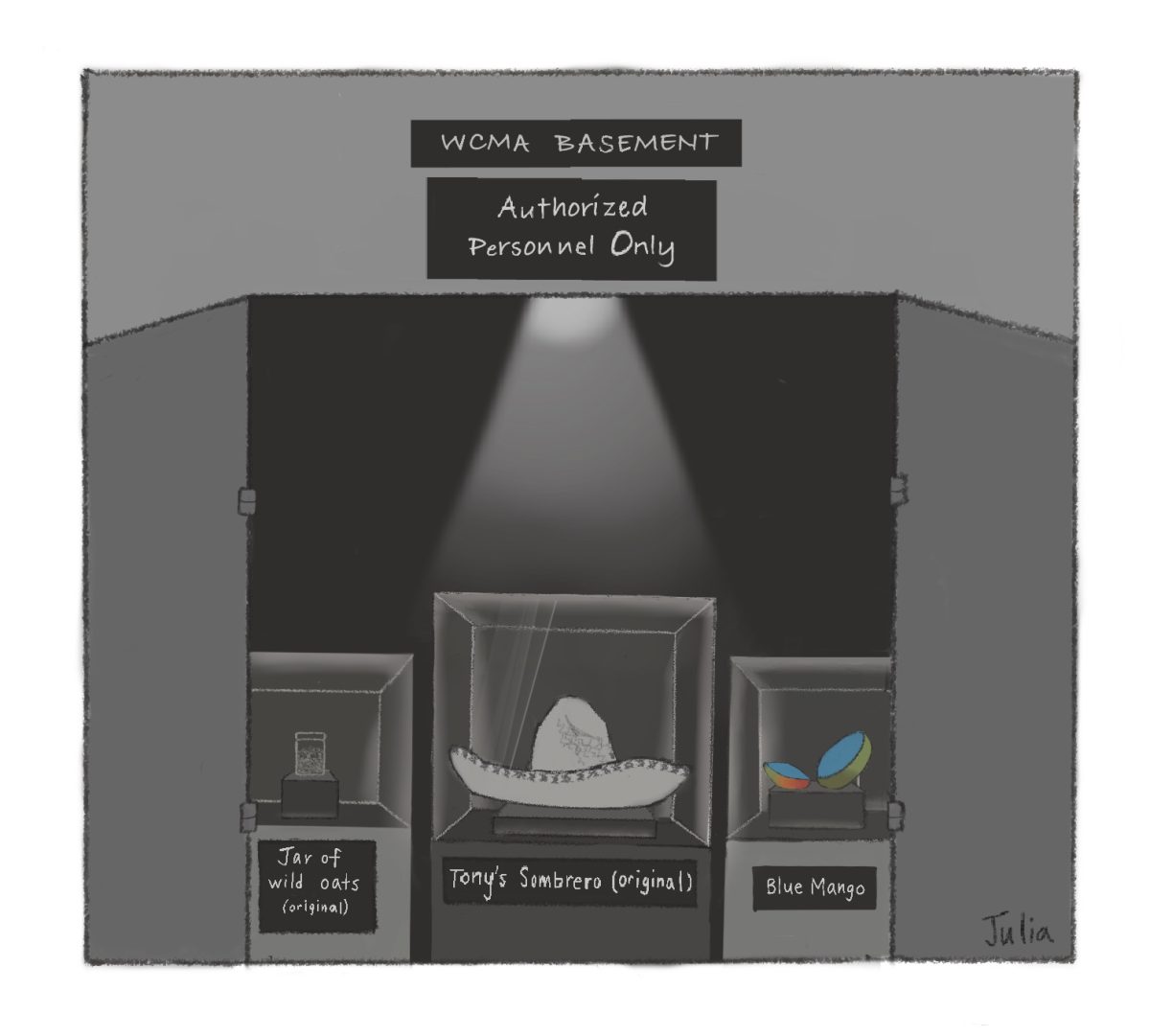“Hey, Clara!”
I turn around and see a familiar face. I know they’re in my entry, but for the life of me, I can’t muster up a name. I beam at them and wave – safe and sweet.
Such an event is quite common for first-years. In fact, on multiple occasions, I’ve bonded with other students over the difficulties of navigating large entries. I can’t keep track of the number of times I’ve heard or said, “I only know, like, 10 people in my entry!”
The entry system is conceptually appealing, but practically difficult – especially when the average entry contains over 40 students. An entry is one-tenth of the entire first-year class, or about two times as large as it should be. It’s been three weeks into freshman year, and I know maybe a fourth of the people in my entry (and by know, I mean I know their names).
After asking around, I’ve learned that the entry system either works or doesn’t work. The friendships some upperclassmen formed in the frenetic first week of college dissolved as the year went on. Students also found friendships in the clubs they joined, the classes they attended and even in their orientation trips.
How well an entry works for you depends, to a certain extent, on who you are. Many of my friends of color at the College feel somewhat out of place in their entries because of how white entries generally are. Given that the College is still predominantly white, it’s inevitable that entries will also be predominantly white. One of the many unfortunate results of this is that students of color can feel like they’re inadvertently representing their racial or ethnic groups.
One upperclassman told me that they felt, at times, like they were being tokenized, or assessed first through the lens of their race. Another student said they usually enjoyed spending time with their entry, but only when they “forgot” they weren’t white. The same applies for international students, who make up an even smaller part of campus. My international friend is one of only three international students in her entry.
The closeness of an entry could also be influenced by its architecture. Frosh Quad entries are organized in a way that has the potential to foster feelings of disconnectedness. Unlike in Mission, where people of the same entry live in the same hall and share one, big common room, Frosh Quad residents share a common room with a few other students. If you want to socialize with a large group of people, you have to awkwardly (yes, things are only awkward if you make them awkward, but usually first encounters are pretty awkward) meander through the winding labyrinth that is Frosh Quad in the hopes of stumbling upon a common room that isn’t a desert wasteland.
Having said all of that, I do see the value in forming larger entries. For one, there’s less pressure for someone who may not love their entry to be present at every entry get-together. The absence of a couple people from meetings won’t raise alarm or instigate judgment because it’s more likely than not most people won’t remember everyone in their entry, anyway. An entry with 40+ students provides an initial network for students new to Williams and desperate for a pack of people to prowl the campus with, but it doesn’t force friendships. You also have a larger fishing pond, more plentiful waters to test.
In the end, an entry is what you make of it. A degree of luck is also involved. Friendships can be found in the most unexpected ways and in the most unexpected places. Entries are not be-all-end-alls, and though they might offer a level of convenience and proximity, they’re not your only options.
Clara Lee ’22 is from Bayside, N.Y. Her major is undecided.







